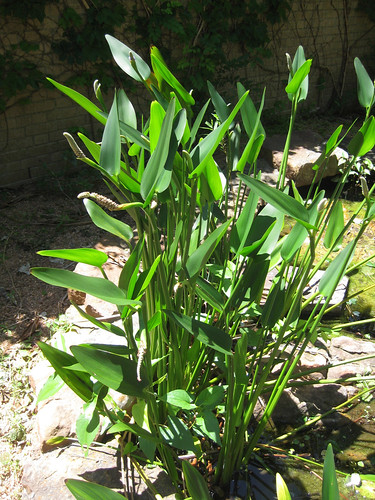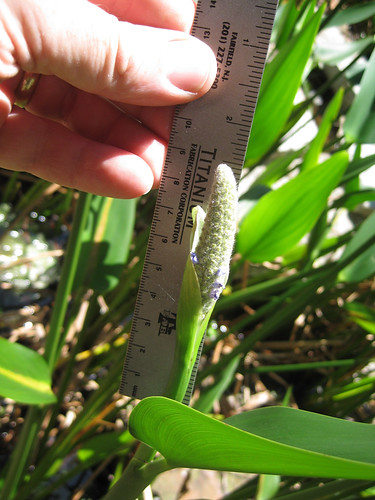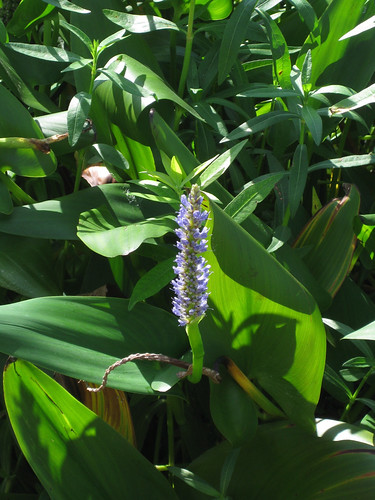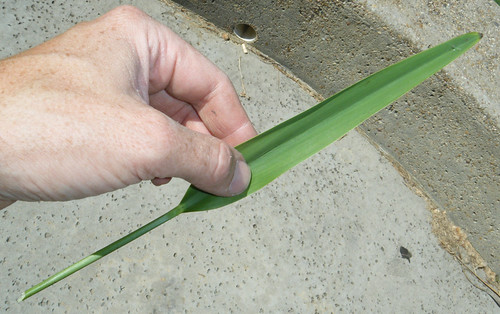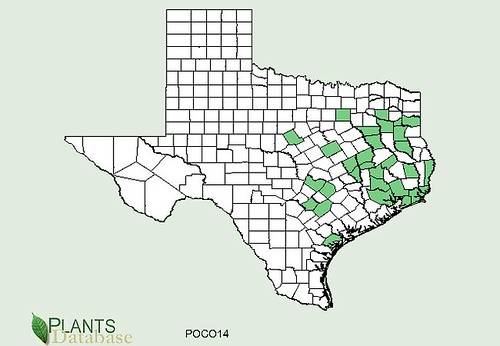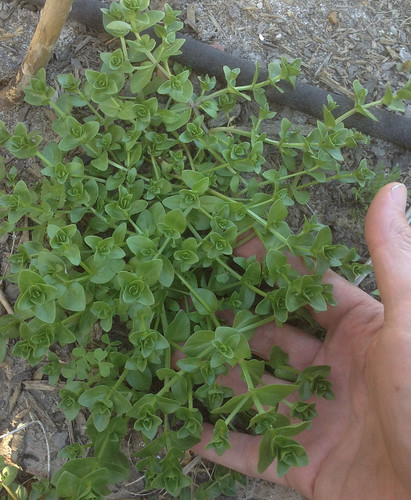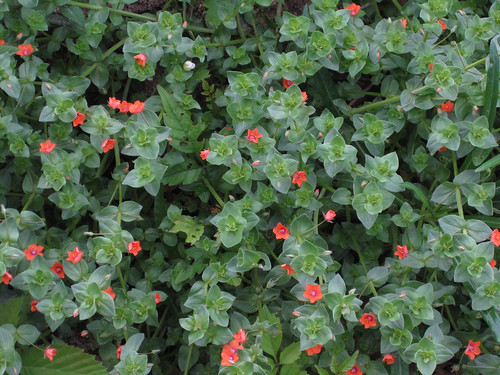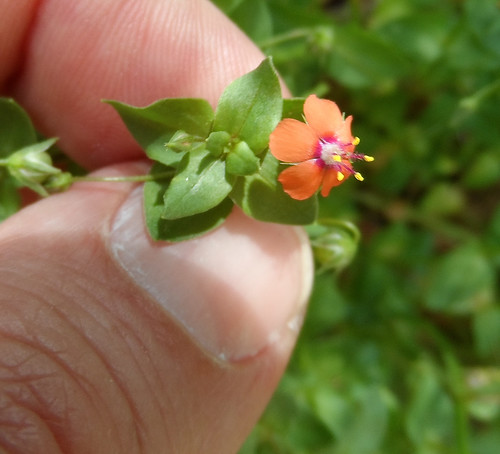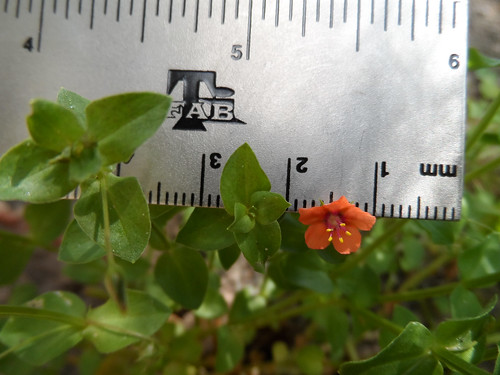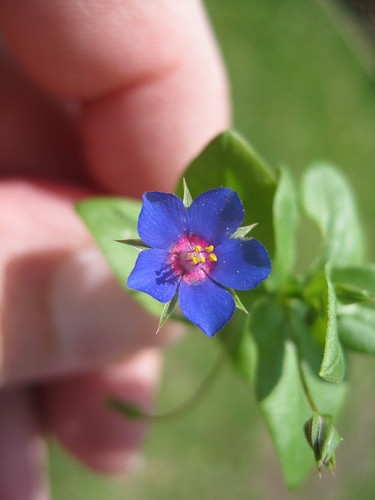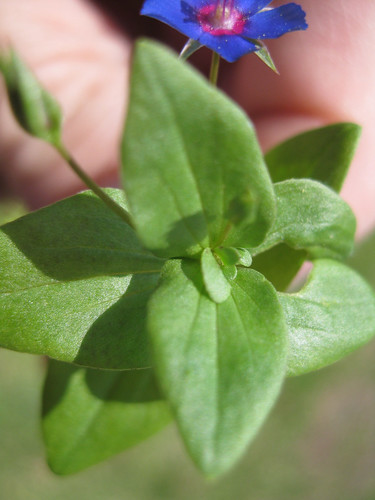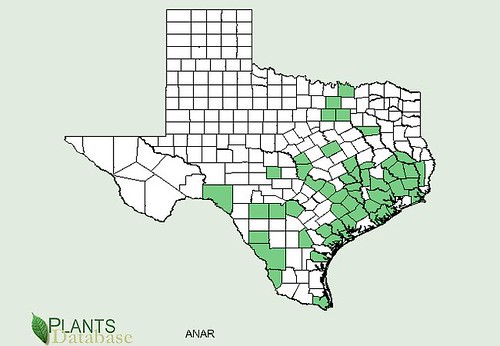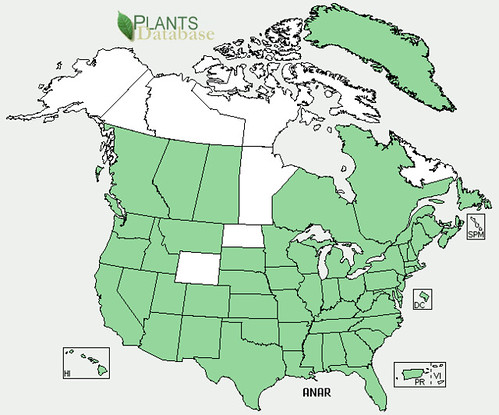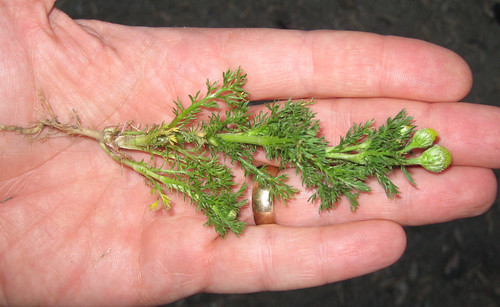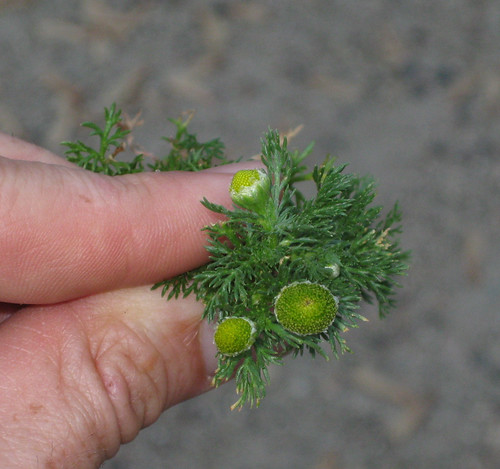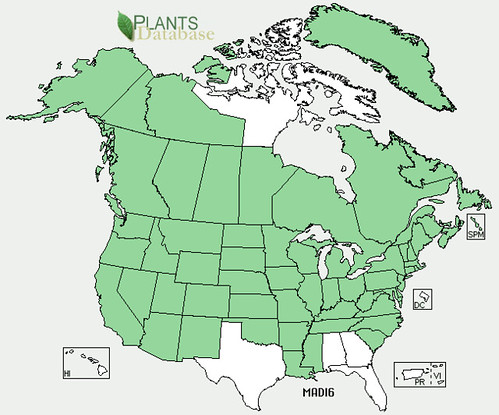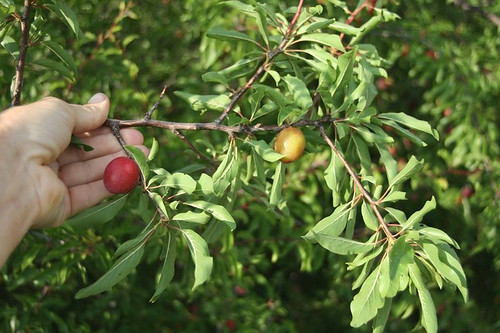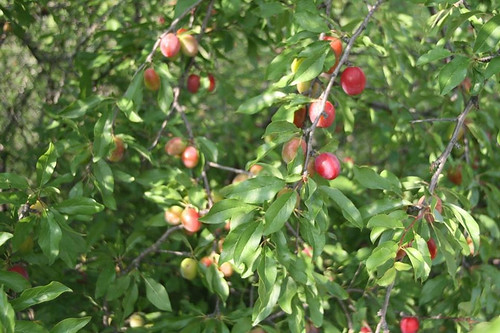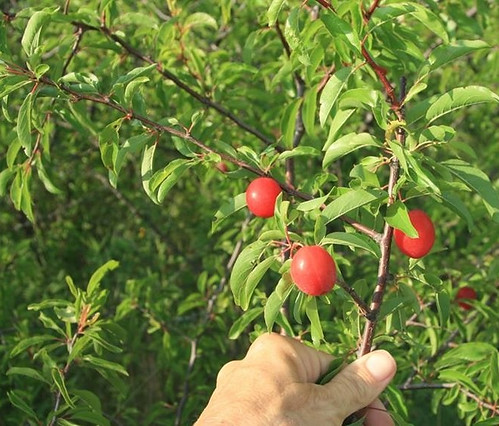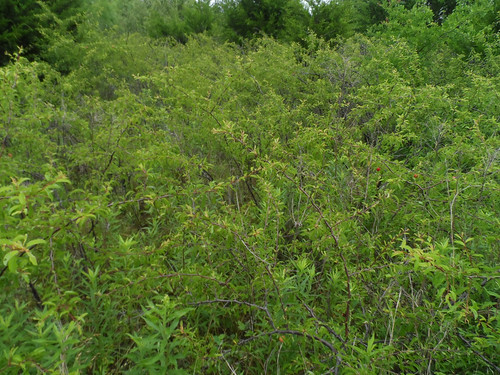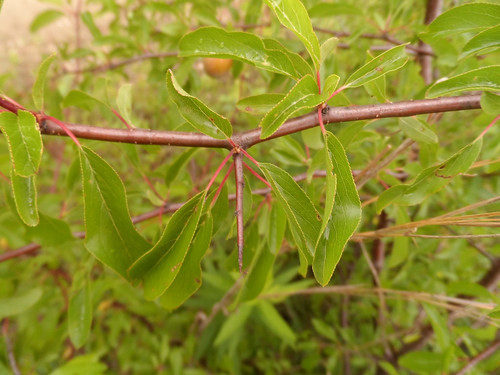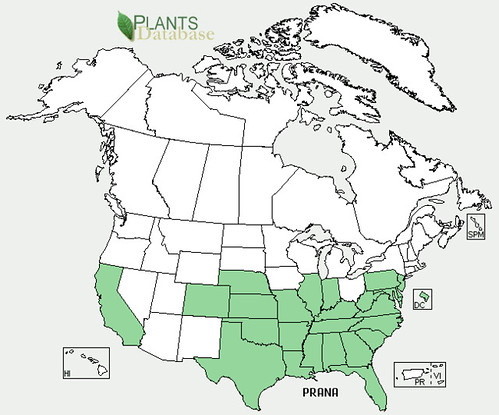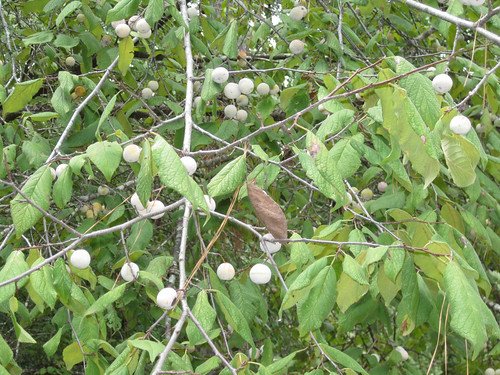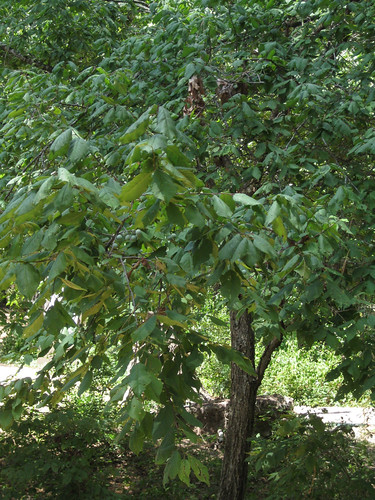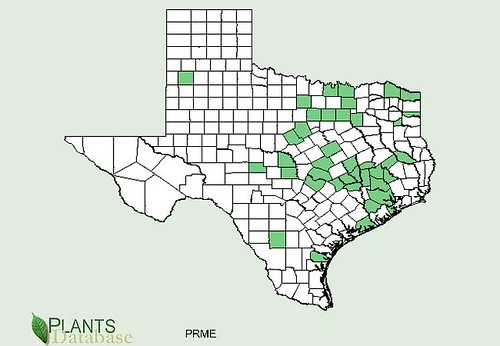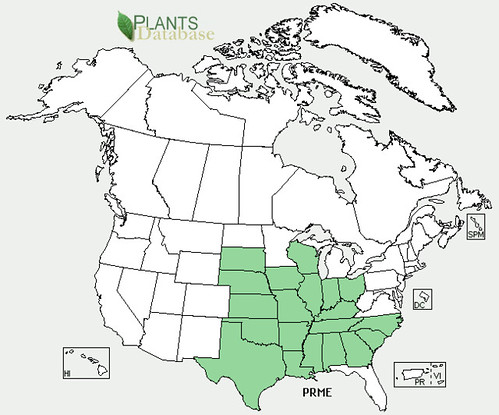Scientific name: Plantago species
Abundance: plentiful
What: leaves, young seed pods
How: raw, steamed
Where: Sunny fields, urban yards
When: Spring
Nutritional Value: minerals, vitamin B
Other uses: Rub mashed leaves on insect bites to relieve pain/itching
Medicinal Summary:
Leaves - demulcent; antimicrobial; anti-inflammatory; wound healer; soothes skin, gastrointestinal tract, and urinary tract inflammations (
poultice, infused oil)
Leaf Arrangement: The leaves of Plantago are typically arranged in a basal rosette, emerging directly from the base of the plant.
Leaf Shape: The leaf shape varies among species, ranging from broad and ovate to long and narrow (lanceolate).
Leaf Venation: The venation is parallel, with several prominent veins running the length of the leaf.
Leaf Margin: The margins are generally entire (smooth) but can be slightly wavy or toothed in some species.
Leaf Color: The leaves are usually green, though the exact shade can vary from light to dark green.
Flower Structure: The flowers are small and borne on a spike that emerges from the rosette. The flower spike is often tall and slender.
Flower Color: Flower colors vary but are often greenish, white, or brownish.
Fruit: The fruit is a small capsule containing several seeds.
Seed: The seeds are tiny, often angular or oval, and brown.
Stem: In Plantago species, the flower spike serves as the stem, which is generally leafless and may vary in height.
Hairs: Some species have fine hairs on the leaves and stems, while others are smooth.
Height: The height of plantain plants can vary significantly, with some species being quite low to the ground and others having tall flower spikes.
Redseed Plantain (Plantago rhodosperma)
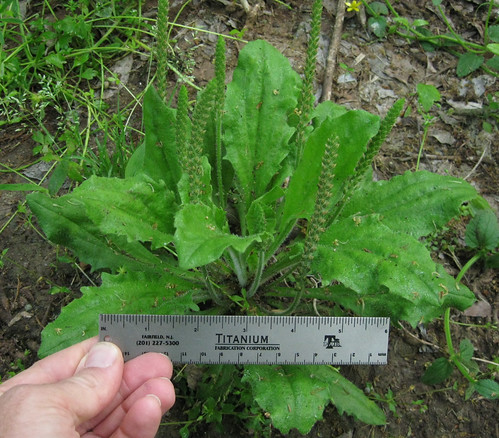
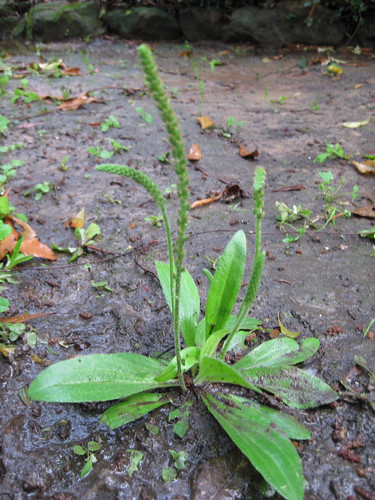

Close-up of plantain leaf.
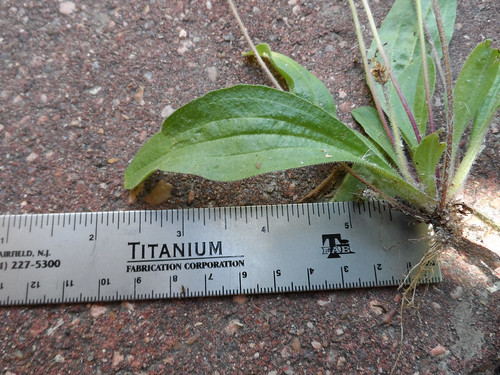

Really big plantains, probably Plantago virginica.
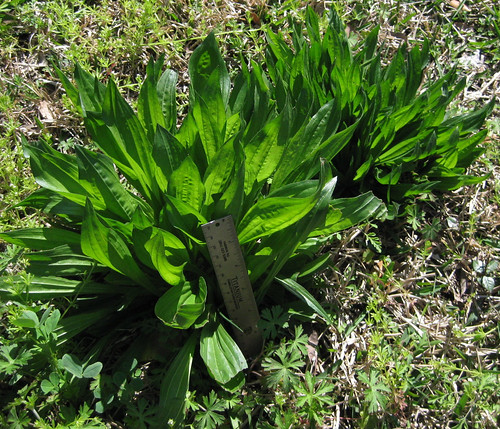

Plantago lanceolate
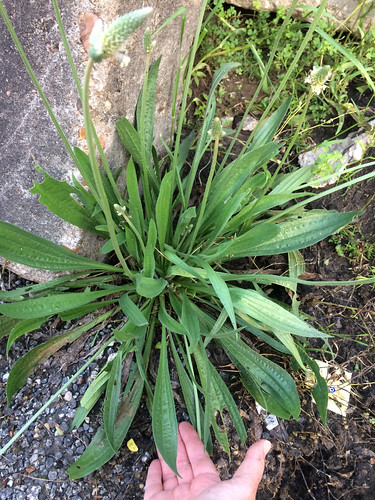
Close up of Plantago lanceolate flower/seed stalk.
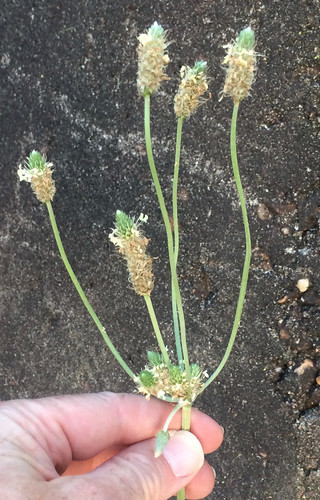
Even closer-up picture of Plantago lanceolate flower/seed head.
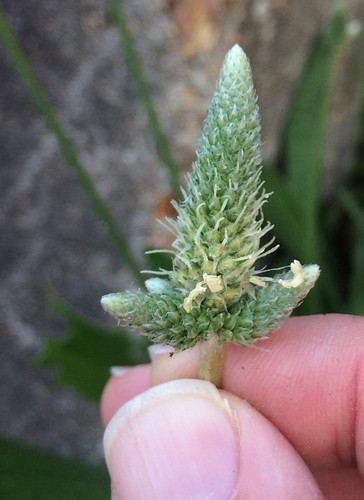
Out in West Texas look for Woolly Indian wheat plantain (Plantago patagonica).
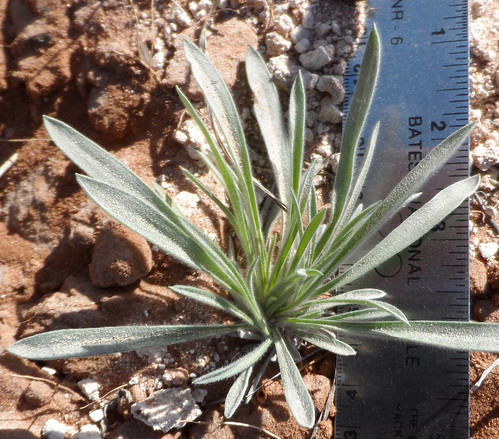

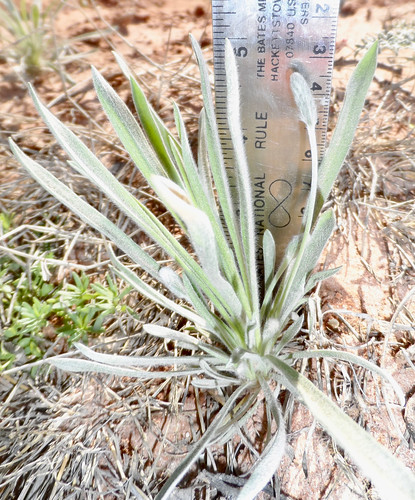
Texas distribution, attributed to U. S. Department of Agriculture. The marked counties are guidelines only. Plants may appear in other counties, especially if used in landscaping.

North American distribution, attributed to U. S. Department of Agriculture.

Popping up in winter, plantain rosettes range from almost unnoticeable to quite large in size. The club-shaped leaves may have points along the edge and hairs. Look for it in yards, disturbed areas, and abandoned places receiving lots of winter/spring sun. One of the easiest ways to identify them is that their vein structure is "palmate" which means it has several thick veins running parallel from the base of the leaf to the end, kind of like fingers sticking up from the palm of a hand.
The young leaves have a mild "green" flavor but as they mature I personally find them too rough and stiff to be eaten raw. Cooking the older leaves makes them more tender. Juicing the leaves is a better way of using the mature plant to get their mineral and vitamins.
Plantains produce a cluster of seeds resembling a tiny ear of corn on a long stalk. When the seedhead is still young it can be eaten raw or used like tiny baby corn in a stirfry. As they get older these seedheads also get tough and are rarely eaten.
Medicinally, plantain poultices are the "go to" plant for skin issues such as scrapes, minor rashes, insect stings & bites, and minor burns. Plantain tea is very good at soothing sore throats, acid reflux, and ulcers as well as helping coughs be more effective at expelling "lung cheese". As I type this there's a bunch of plantain leaves hanging from the light fixture, drying. They'll be infused into olive oil along with comfrey to make an amazing, healing skin salve.
Supposedly smoking dried plantain leaves reduces the urge to smoke tobacco but this effect has not been confirmed.
Buy my book! Idiots Guide Foraging covers 70 of North America's tastiest and easy to find wild edibles shown with the same big pictures as here on the Foraging Texas website.
Buy my book! Outdoor Adventure Guides Foraging covers 70 of North America's tastiest and easy to find wild edibles shown with the same big pictures as here on the Foraging Texas website.
